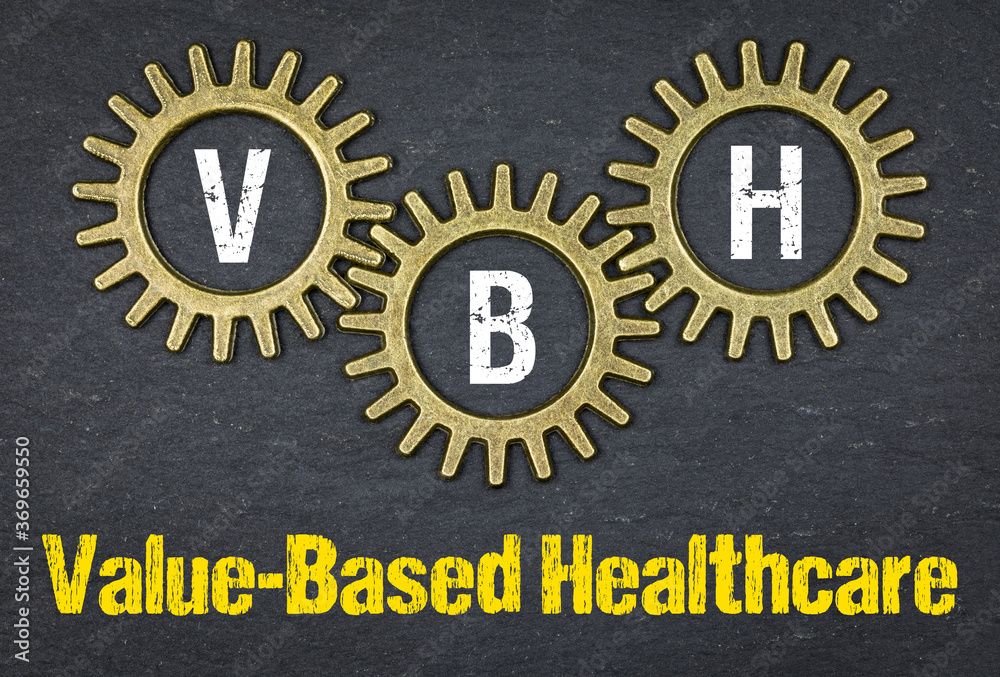News
Article
New year brings new value-based care opportunities
Author(s):
Advances in AI, other technologies offer hope for streamlining administrative tasks and providing better access to patient data
As we move into 2024, health care is experiencing unprecedented digital innovation and transformation. New technologies and capabilities are emerging to enable organizations – including payers, providers, and self-funded employers – to confidently take on risk in value-based care (VBC) programs.
The American Academy of Family Physicians reports that 49% of practices are participating in some form of value-based payment, and the Centers for Medicare and Medicaid Services (CMS) is still pushing its goal of having all Medicare and most Medicaid beneficiaries in accountable care relationships by 2030.
The VBC model incentivizes providers and payers to deliver higher quality care and optimize patient outcomes while reducing costs. VBC has gained significant traction in recent years, and its momentum is only expected to increase. Health care delivery organizations prepared for these changes will thrive in a value-based future.
Here are some key trends that are poised to shape the future of VBC in 2024:
Prioritizing administrative efficiency
A substantial portion of a care team's time is consumed by administrative tasks, fostering burnout and resulting in significant inefficiencies. Growing reporting and compliance requirements from VBC contracts have only added administrative headaches in recent years.
But there is hope in sight. Technological advances can reshape administrative processes, alleviating manual and time-consuming tasks for everyone from physicians and clinical care teams to administrators, payers, employer HR departments and their advisor partners. Digital solutions that automate repetitive processes, streamline reporting, and surface actionable insights leave more time for health care providers to spend with patients.
Another key to improving efficiency is unlocking the power of data. Health care organizations have access to troves of information from claims history, EHR data, social determinants of health information, and more. But for many organizations, the siloed and disparate data management systems make it difficult or impossible to access all that valuable information and use it to improve care.
End-to-end technology platforms that can bring disparate data together, then cleanse, normalize, and attach it to individual members or patients are giving providers, payers, and employers tools to produce actionable insights they only dreamed about in the past. Seamless communication among health care systems improves efficiency and cohesiveness among all the teams involved in a patient's care. More interconnected data systems will help redefine how we share data, enhancing patient care quality.
The progression of AI in health care
The dramatic potential of artificial intelligence (AI) software has moved to the forefront of the tech world. It's heralded as an opportunity to dramatically overhaul almost every industry, and health care is no different. AI tools are already pivotal in automating and streamlining time-consuming tasks and improving care in ways such as:
Automating billing, coding, and claims processing to speed up reimbursements and eliminate errors that contribute to higher costs and administrative waste.
Combing through millions of anonymized records in a database to spot high-level trends, alerting providers, payers, and employers to potential risks and opportunities.
Assessing the risk that patients or members in a population will develop chronic conditions or experience worsening conditions and developing outreach strategies to mitigate these risks.
Predicting behavior that could lead to poor health outcomes, such as the likelihood a person will skip getting a flu shot. This information helps health care stakeholders target outreach to the people who need it most.
Referencing evidence-based clinical guidelines and cross-referencing those with existing patient data to identify and recommend the next steps in a care journey. These AI tools won't replace the knowledge and human touch of physicians. However, they will be a critical partner in helping providers make optimal care decisions with their patients.
By harnessing the capabilities of AI, physicians can unlock new levels of operational efficiency to redirect valuable time and resources toward better patient care. However, as more physicians and health care executives leverage AI’s many uses, they are also navigating what this budding technology means for data privacy, security, and ethical use.
Establishing ethical AI practices
As health care professionals incorporate AI into daily processes, there must be a heightened emphasis on responsible AI use. Deloitte's upcoming 2024 Health Care Outlook survey identifies a clear demand for further research on generative AI specifically, with 60% of health care executives calling for a more thorough assessment of its potential impact and risks.
One critical aspect of value-based care is reducing inequities that plague care delivery. As technology companies continue to innovate in the generative AI space, they must do it with appropriate safeguards to eliminate bias and errors or perpetuate problems such as inconsistent access to quality care tied to race, gender, or socioeconomic status.
A machine learning model trained with a small, incomplete, or inaccurate dataset could provide incorrect information about appropriate next steps for a patient's care. We have seen the harmful impacts of AI tools that deny coverage or prevent patients from getting necessary care. With the stakes so high in health care, there is no room for unethical use or errors that further exacerbate inequity.
Transforming prior authorization processes
Prior authorization processes have long been a source of frustration for clinical teams. A recent American Medical Association survey revealed a significant amount of wasted time and resources dedicated to these processes. Clinical teams reported spending about 14 hours a week on average, or more than 700 hours a year on prior authorizations. Those hours could be spent on patient care, and the cost is tangible—not just in the level of burnout among physicians and their teams but also in patient access to care. Nearly 90% of doctors report delays, with some patients waiting days for crucial medical decisions. Despite these challenges, payers argue that prior authorizations are an important tool for minimizing unnecessary (and potentially costly) care.
AI-powered solutions could hold the key to improving this broken system by automating and streamlining the process. Machine learning algorithms can enhance the efficiency of prior authorization decisions by speeding up the approval process and ensuring that patients receive timely and appropriate care, aligning with the principles of value-based care.
Prior authorization has been in the news recently as two large health insurance companies face class action lawsuits for using AI in a way that denied coverage to Medicare Advantage beneficiaries. As noted above, AI is one tool to streamline time-consuming and inefficient processes. But it will not replace the knowledge and insights of physicians and health care professionals.
Entering new era of efficiency and patient care
In 2024, the health care landscape will benefit from an increased focus on value-based care. Technological advances promise efficiency gains and AI-powered solutions hold the potential to revolutionize antiquated and frustrating processes. As the health care sector navigates these opportunities and challenges, we can all move toward an efficient, ethical, and patient-centric VBC health care system.
David L. Morris is executive vice president and chief commercial officer of Cedar Gate Technologies.






